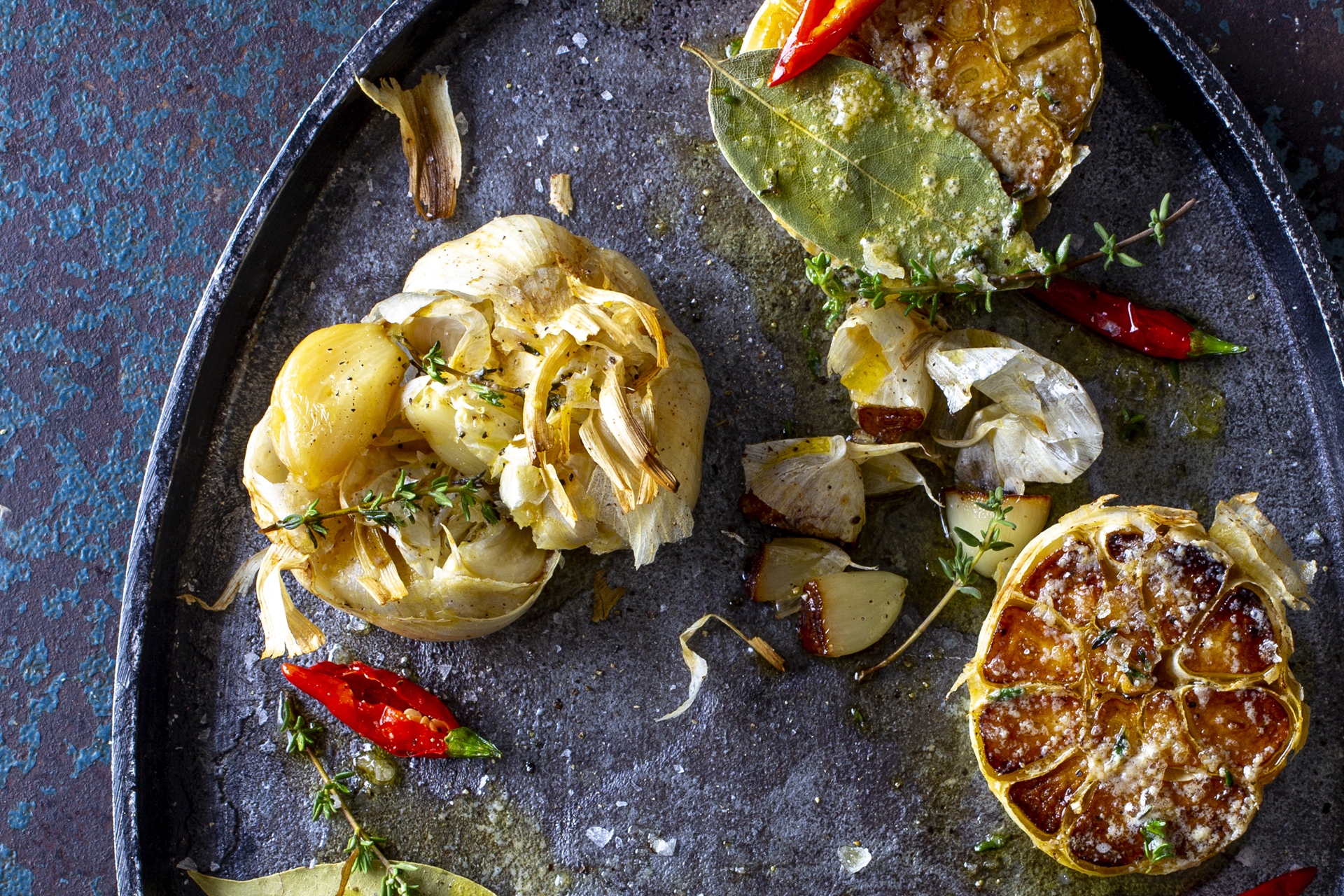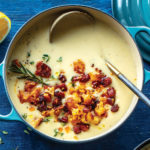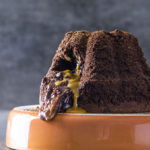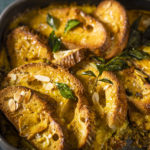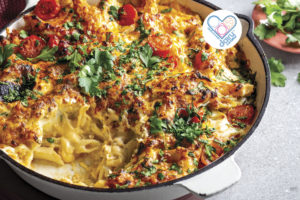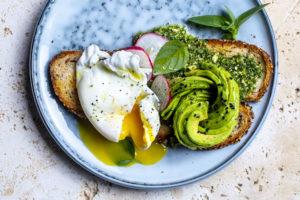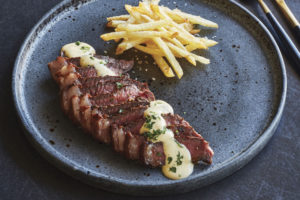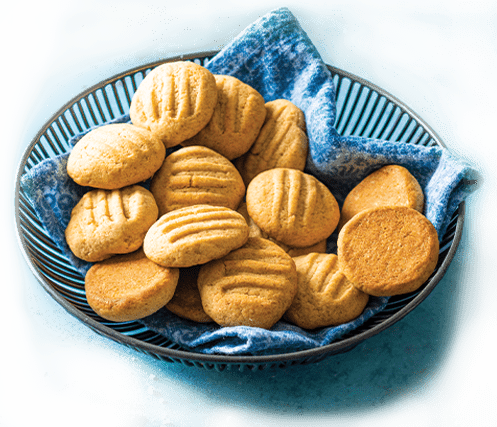When a recipe calls for heating a glug of oil, onion and garlic are most likely to follow. This first step forms the flavour base in most savoury dishes. It’s important to have the right aromatic and then cook it correctly for best results. Here are our top tips.
All-important onions
What onion to use where?
White or brown onions are the ‘safe’ options – perfect for most stews, soups and pasta sauces. Red onions, with their purple-white flesh, have a milder, sweeter flavour and are great for relishes, chutneys or in salads. Shallots – the cool French cousin – impart a subtle sweetness to a dish, or can be used raw in dressings. Baby onions are best for pickling or roasting whole, while spring onions add a fresh, grassy flavour to Asian and Indian dishes.
The secret to cooking onions
Low and slow is the way to go. To sauté onions properly, they need to cook over low heat for about 8-12 minutes, changing from raw and crisp to translucent to, finally, a golden brown. This will allow sweetness and flavour to develop. High heat methods like grilling or roasting work well, too, creating a hint of bitterness on blackened bits and a sweet caramelised exterior.
Glorious garlic
When it comes to garlic, remember that the more finely you chop or crush it, the more ‘garlicky’ your end product will be. Grate a whole clove finely for bold flavour, or if it’s a more subtle flavour you’re after, simply bruise a whole clove with a knife blade and add to the pot.
So, you want to use garlic in a tub?
Fresh garlic is not always readily available but shop-bought crushed garlic or garlic paste and the powdered kind work too. Note that prepared garlic is slightly more pungent than fresh, so if a recipe requires 1 clove of fresh garlic, use about ½ tsp (3ml) prepared garlic instead.

